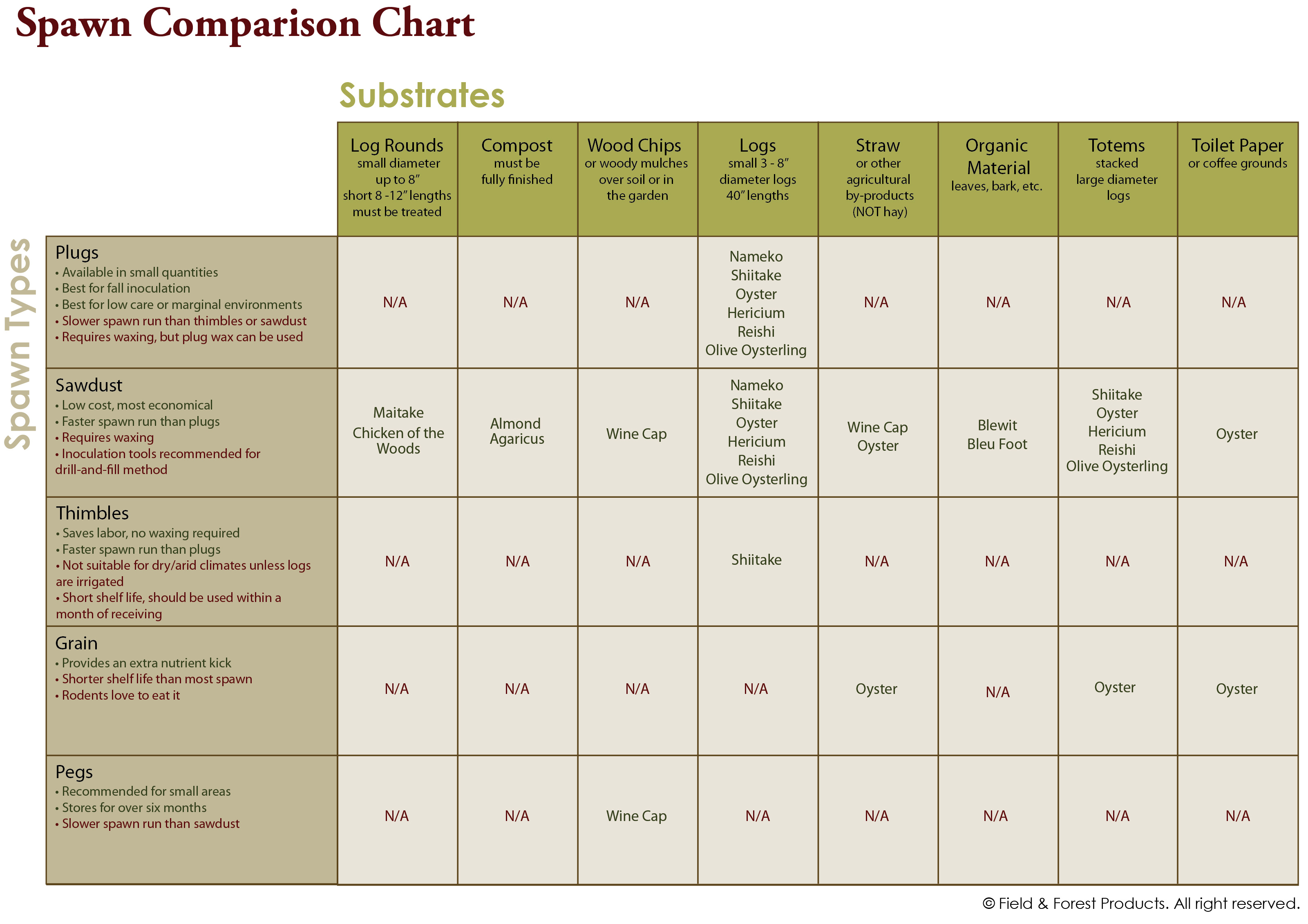What Is Spawn?
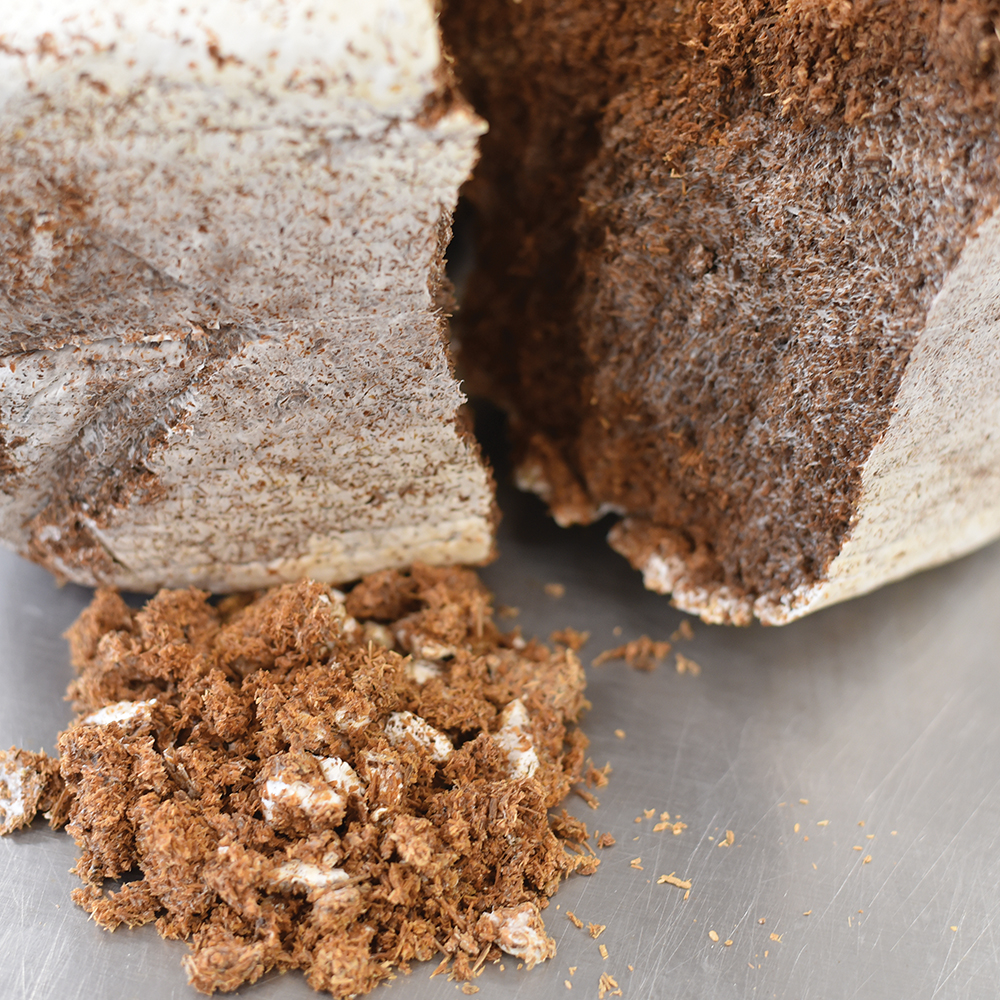
Spawn is the carrier that holds a specific strain of mushroom mycelium in stasis until you, the cultivator, are ready to transfer it into another substrate such as a wood log, straw, compost etc. Spawn can be myceliated grain, sawdust, and wooden dowels (plugs). The goal of the spawn is to spread out bits of mycelium into its final habitat where it can grow, colonize, digest food and ultimately fruit.
To make spawn, we incubate specialty mushroom strains in our laboratory, then grow them into a variety of forms for your use, including sawdust, grain, and plugs (hardwood dowels). Each of these, once colonized by mycelium, is referred to as "spawn."
Different spawns are made for use in different substrates. Many people come up with different uses for each of the spawn types, so don't be afraid to experiment! The chart below examines the different spawn types and their recommended uses:
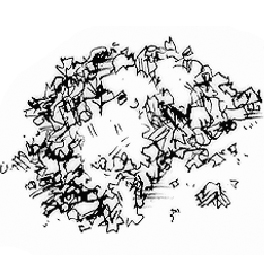
Sawdust Spawn
- Sawdust spawn consists of mycelium grown into hardwood sawdust. It is the primary carrier for fungi whose natural substrate is wood logs and for other substrates rich in cellulose (straw and hulls).
- Undisturbed by critters when grown outdoors (except for occasional woodpeckers) unlike grain spawn, which can be an attractant.
- Can be amended to carry other cultivatable fungi such as Almond Agaricus and Blewit.
- Flowable, can be poured into bags that hold sterilized logs and sawdust blocks.
- Millions of inoculation points reach all pockets of the substrate being inoculated, creating an overall faster spawn run.
- Preferred spawn of many commercial log growers because spawn delivery can be mechanized with specialized tools.
- Economical when purchased in quantity.
- Prone to drying, so substrates must be managed for moisture. Careful waxing or other moisture barriers in log inoculation must be installed and monitored.
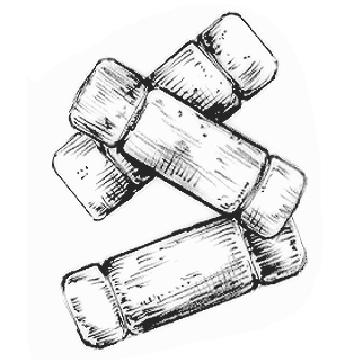
Plug spawn
Plug spawn is wooden doweling, 5/16" (8.5mm) x 1" pieces, colonized with mycelium of a specific fungus. Using simply a hammer, these hardwood dowels can be easily tapped into the drilled holes of a log. Plugs are great for small projects because they're easy to use, require no special tools, and are available in small quantities. Once the log is inoculated, the inoculation site is sealed with wax to prevent the plug from drying out.
Plug spawn is extremely durable and we recommend it for fall inoculations in cold climates, stump inoculations, and overseas shipments. It is easy for young people to handle and is less prone to operator variability. It is also a reliable medium to carry slower growing fungal species. Because its spawn "dose" is less (due to its smaller size), it takes nearly 30% longer than thimble or sawdust spawn to colonize a log - unless the inoculation rate is increased. It is slightly more costly than sawdust spawn at equivalent inoculation rates, but it is an excellent spawn type choice for small projects, beginners, and cold or dry climate cultivation.
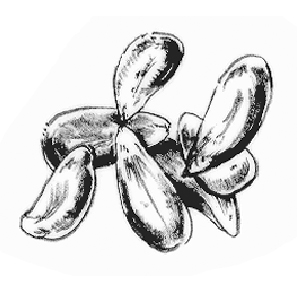
Grain Spawn
Grain is most often used to inoculate loose substrates like straw. The grain provides a nutrient kick to unsupplemented substrates. Grain spawn masters (G-1) can also be used to increase sterilized grain to make more spawn for mushroom production (if you are interested in purchasing a grain master, please call us). Grain can also be used to inoculate beds and totems, but its use may attract rodents.

